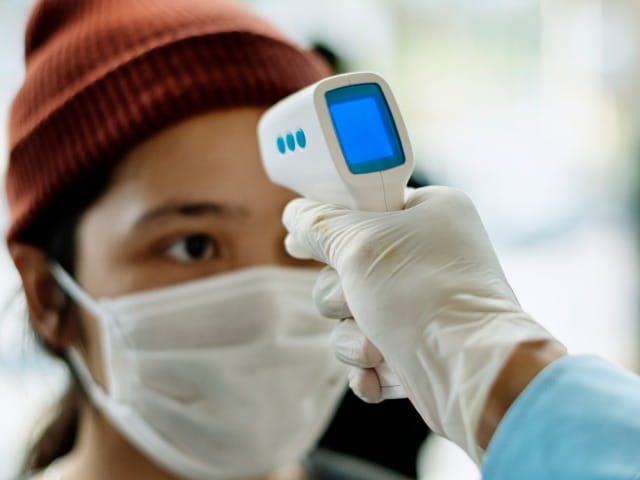Determining the right approach for temperature monitor device validation testing in humans can be challenging, as current regulatory requirements aren’t well-defined. Element’s consultative experts serve as an extension of your team, working alongside you and the FDA to establish and execute a clear study plan.
Regulatory agencies, including the US Food and Drug Administration (FDA), require that accuracy of temperature monitoring devices be tested in humans, and in some cases, patients. Temperature monitoring devices can also be tested via temperature reference simulators, such as a heated water baths or black body devices.
Clinical validation testing of temperature monitoring devices
Current standards make a distinction between direct measurement devices and adjusted mode measurement devices. Element provides temperature regulatory validation testing of both types of devices at our facilities. So, let’s talk about your device and how our clinical validation services can bring your product to market and into the hands of patients and consumers faster.
Direct measurement devices
Direct measurement devices measure skin temperature by contact.
Adjusted mode measurement devices
Adjusted mode devices calculate the temperature using an algorithm to represent the temperature at a different body measurement site.
How temperature monitoring device clinical validation studies are conducted
For bench testing a temperature monitoring device, a NIST-traceable temperature fluid bath is set up to compare values against the device under test, per ISO 80601-2-56. Values are then collected over the entire claimed range per the ISO standard.
Element’s team will handle every aspect of your study, including protocol design, IRB submission and management, subject recruitment and payment, study performance, data analysis and, for validation studies, high-quality data packages ready for regulatory submission.
How temperature monitoring devices are used
One of the four vital signs are measured and tracked at all wellness visits and continuously monitored during critical illnesses, core body temperature is one of several indicators of an individual’s current state of health. In addition to being widely used in the healthcare industry, temperature monitoring sensors are becoming routinely integrated into wearable technology like smart watches and smart devices.
The Element advantage
For more than three decades, Element has served as the premier clinical testing and regulatory validation partner to the medical device, wearables, and consumer electronic industries. Our proprietary methods have supported the successful registration of countless temperature monitoring devices.
To learn more about temperature monitoring device clinical validation studies and our clinical validation wrap-around services, including human factors testing, contact us today.
Learn more
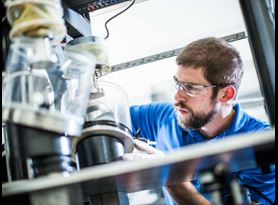
Medical Device Testing
As a comprehensive testing partner, you’ll enjoy the benefit of a single supplier source for all of your testing needs, from mechanical testing and environmental simulation to EMC and wireless device testing.
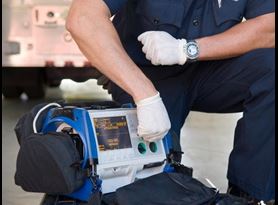
Medical Device Battery Testing
Element ensures the integrity of your products in both home and professional healthcare settings as well as their compliance with international regulations.
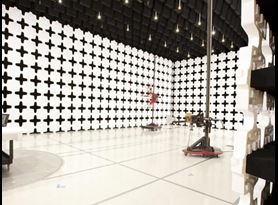
Medical Device EMC Testing
Element is the ideal partner for EMC testing, safety, certification and global approvals of your Class I, II and III electronic medical devices.
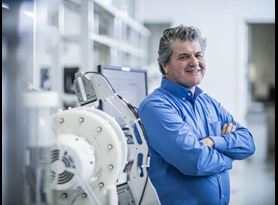
Medical Device Regulatory Services
Our medical device regulatory experts help manufacturers of medical devices with product registrations, quality management systems, and in-country and global approvals.
